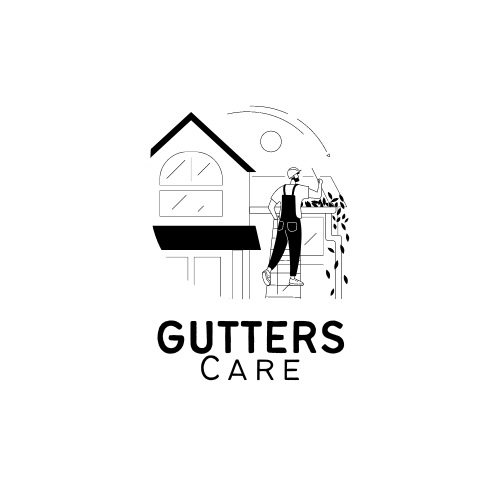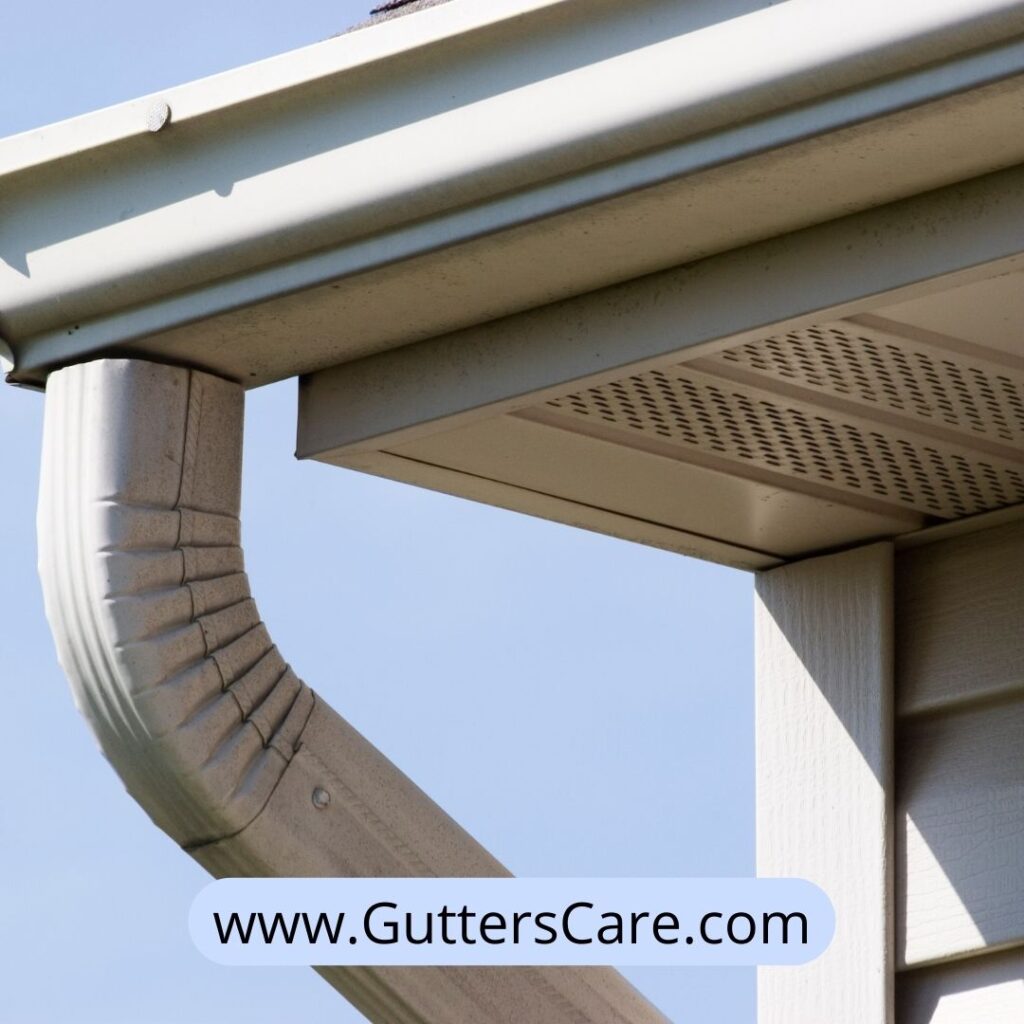This post was updated on March 5th, 2025 (03/05/2025).
Home » History of Rain Gutters and Roof Gutters on Homes! (Updated: 2025) The Romans were responsible for introducing rainwater collection techniques to Britain. After then, the technology was misplaced, but the Normans were the ones who found it again and brought it back into use.
The guttering was present on the outside of the White Tower at the Tower of London. King Henry I of England gave the order in March 1240 to the Keeper of the Works at the Tower of London “to have the Great Tower whitened both inside and out.”
This was the style that was popular during the historical period. Later on, in that same year, the king wrote a letter to the Keeper in which he issued a command that the lead guttering on the White Tower should be extended. The purpose of this command was to ensure that “the wall of the tower… newly whitened, maybe in no danger of perishing or falling outwards through the trickling of the rain.”
During the time of the Saxons, the thanes constructed buildings with huge overhanging roofs, similar to the way that thatched cottages do now so that the water would be directed away from the walls.
The builder of the cathedral made use of intricate gargoyles and lead parapet gutters to accomplish the same goal. As a result of the monasteries being dissolved, the structures that comprised them were recycled, and there was an abundance of lead that could be utilized for secular building.
The yeoman would install lead-coated wooden gutters or wooden gutters lined with lead.
In 1851, when Joseph Paxton was designing The Crystal Palace with its revolutionary ridge-and-furrow roof, the rafters that spanned the area between the roof girders of the glass roof also functioned as the gutters. This was done so that the ridge-and-furrow roof could be made out of glass.
The rainfall was diverted away from the house through a deep, semicircular channel in the wooden Paxton gutters, which also had grooves along the sides to manage the condensation. They were under trussed with an iron plate and had prefabricated notches for the glazing bars; they drained into a wooden box gutter that drained into and via structural cast iron columns. In addition, they had performed notches for the glazing bars.
The industrial revolution gave rise to new techniques for casting iron, and the development of railways led to the creation of a system for transporting massive cast-iron components to construction sites.
The movement of people into urban areas generated a need for homes that had to be as space-efficient as possible. Asthma, bronchitis, emphysema, and pneumonia were all under control thanks to the dryer housing.
Joseph Bazalgette made a proposal for a sewerage system in London in the year 1849. His system would prevent runoff from being channeled into the Thames.
By the 1870s, cast iron gutters and downpipes were standard features in every home that was built. There was no requirement for brackets because the Victorian gutter was shaped like an ogee and measured 115 millimeters across. It was attached directly to the fascia boards.
Additionally, accessible profiles were square and half-round shapes.
Due to the fact that it required no maintenance, asbestos-cement guttering became popular for a short time following the first world war. However, the product’s shortcomings meant that this popularity was short-lived because it was more cumbersome and fractured easily when it was hit.
View the Best DIY Rain Gutter Installation Guides, Gutter Guard Guides, and Gutter Maintenance Guides from Gutters Care
Best gutter guards consumer reports. Those who live in more severe regions or have trees that hang low over their homes should definitely invest in gutter guards. It can be…
Discover the reasons behind leaves in the gutter, the damage they can cause, and effective solutions to prevent gutter clogs. Subscribe to Gutters Care newsletter for more maintenance tips.
Looking for reliable gutter contractors? Our comprehensive guide covers everything from the importance of gutter maintenance to tips for hiring the best professionals in your area. Subscribe to Gutters Care…
A rain gutter is a component that makes up a building’s water discharge system, also known as an eavestrough, eaves-shoot, or surface water collection channel. Water must be stopped from…
Discover the ins and outs of seamless gutter installation. Learn about costs, benefits, and expert tips for a durable and efficient system. Subscribe to Gutters Care newsletter for more updates!
Discover the best gutter options for your 4000 sq. ft. home. Learn about materials, sizes, and installation tips to protect your investment. Subscribe to Gutters Care newsletter for more expert…
Gutter guard installation is a decision that requires balancing short-term costs with long-term advantages. Installing gutter guards is a good idea if you want to protect your home, save time,…
Looking for the best gutter sealant for your project? In this article, we compare the top three gutter sealants – Geocel Pro Fit Pocket Penetration Sealant, OSI Quad Max Window,…
Gutters Common Mistakes During Installation Process Gutters are a necessary part of any house. Roof gutters help prevent flooding and other water damage to your home, they collect rainfall and…
The makers of gutter guards guarantee that they will simplify your life. You won’t ever need to clean your gutters again if you install this fantastic system on your roof!…
Gutter guards, also known as gutter covers, gutter protection, or leaf guards, are primarily designed to reduce the frequency with which homeowners are required to clean their gutters and so…
Discover the elegance of white houses with black gutters! Our in-depth guide covers everything you need to know about maintenance and style for your home’s exterior. Subscribe to Gutters Care…
Discover the essential aspects of gutter installation services, from choosing the right materials to hiring the best professionals. Get expert insights and tips for a seamless gutter installation experience. Subscribe…
Learn the ins and outs of micro mesh gutter guard installation in this comprehensive guide. Discover the benefits, step-by-step instructions, and expert tips for a hassle-free installation. Subscribe to Gutters…
Learn how to install leaf gutter guards to keep your gutters free of debris and water flowing smoothly. Our step-by-step guide will make this DIY project a breeze. Subscribe to…
How We Decided Which Companies Offer the Best Gutter Guards We looked into and analyzed a wide range of gutter guards and companies that make gutter guards. After that, we…
When a customer replaces their roof, they also typically replace their gutters. But you probably won’t need to replace your gutters at the same time as your roof if they…
Gutter downspouts are essential for directing rainwater away from your home and protecting it from water damage. This comprehensive guide covers everything you need to know about gutter downspouts, from…
Gutter guards can save you time and money on gutter cleaning and repairs, but it’s important to choose the right type for your needs. This article covers everything you need…
Rain gutters are an essential part of any home, but they can be confusing to choose and install. This comprehensive guide will walk you through everything you need to know…
Discover the truth about LeafFilter from real consumer reports. Learn how this gutter protection system performs and make an informed decision. Subscribe to the Gutters Care newsletter for expert insights.
Discover everything you need to know about the cost of new gutters and downpipes. Get insights on materials, labor, and factors affecting pricing. Subscribe to Gutters Care newsletter for more…
Down spouts are an essential part of any home’s rainwater drainage system. They help to direct water away from your foundation and prevent flooding. In this article, we’ll discuss what…
Discover the importance of hiring a professional Gutter Man for your gutter maintenance needs. Learn about common gutter problems, DIY tips, and more in this comprehensive guide. Subscribe to Gutters…

























